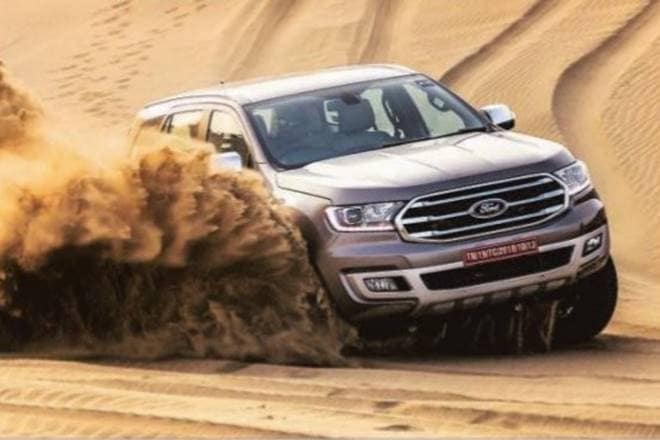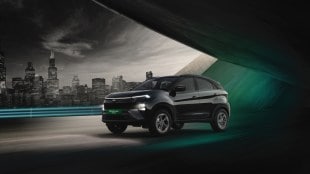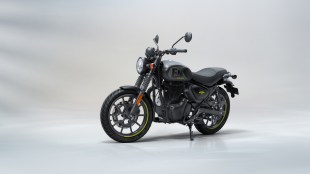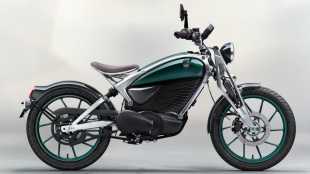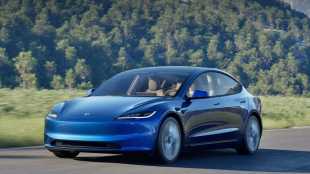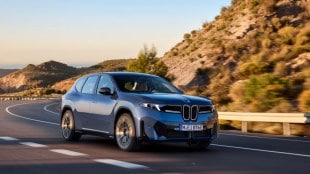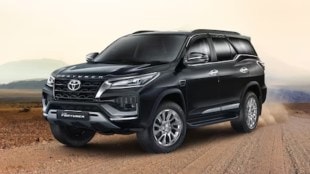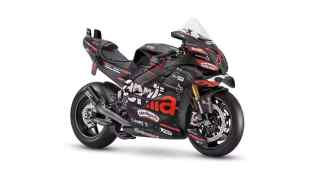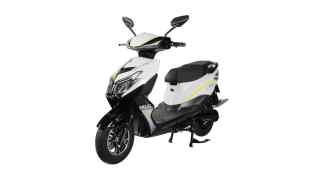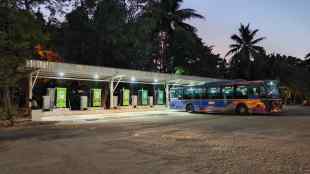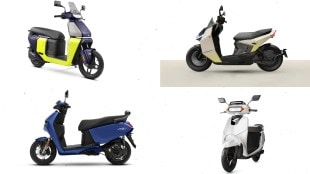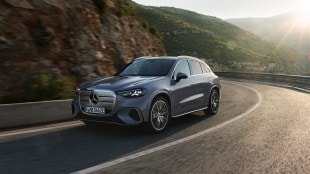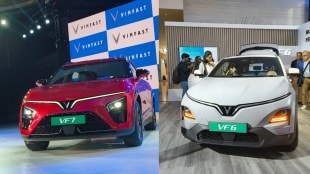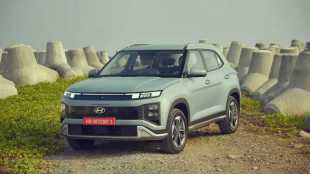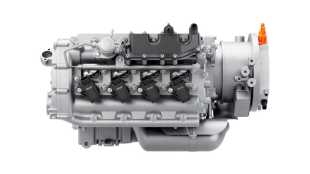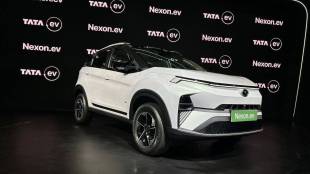
The Oxford English Dictionary defines a sport utility vehicle (SUV) as “a high-performance four-wheel-drive vehicle.” And, yet, the most popular SUVs in India are neither “high-performance” nor “four-wheel-drive.” These are, essentially, hatchback or other body-type cars in an SUV body shape. But we do have SUVs, authentic SUVs, and one of the most capable of these is the Ford Endeavour. Last week the American company launched the new Endeavour BS6, with a smaller engine and a 10-speed automatic transmission. We check its SUV capabilities, driving it on the sand dunes of the Great Indian Desert (Thar Desert) near Jaisalmer.
What is the Endeavour?
It’s Ford India’s flagship vehicle, and famous for its ruggedness and go-anywhere capabilities. The new Endeavour is powered with a 2.0-litre EcoBlue diesel engine, claimed to have 14% better fuel-efficiency compared to the previous 2.2-litre engine, and lower emissions. The claimed fuel-efficiency for the 4×2 variant is 13.9kpl, and that for the 4×4 variant is 12.4kpl. It produces 170PS (168bhp) power and 420Nm torque. It also gets what Ford says is the world’s first 10-speed automatic transmission.
What defines its design?
Exterior changes are subtle—all-LED headlamps, encased in a square design lamp cluster. These lamps, Ford says, provide up to 20% greater lighting penetration. The cabin is spacious and, more importantly, functional—there are flexible seating and cargo arrangements, including fold-flat second-row seats and power-fold third-row seats. The cabin is noticeably quiet, and the diesel engine rattling sound is minimal.
How good is the new gearbox?
Having more gears allows smaller, more economical engines to power larger vehicles. That’s one of the reasons despite a smaller engine the new Endeavour doesn’t feel underpowered—on the contrary, it feels more powerful and more nimble. Last year we have extensively experienced this 10-speed gearbox in the Ford Explorer in the US (‘Exploring the (near) future of driving’; bit.ly/3cFHkQS) and it definitely is the best thing in the new Endeavour. You just don’t feel gear-changes. It’s got an interesting feature: You can lock gears in a desired range to have a more controlled driving experience, especially in situations such as slippery roads or steep off-roading manoeuvres. As expected, to get into the top gear you need to be at speeds close to 100kph.
How does it drive?
The Endeavour is a massive vehicle, but drives like a sedan on smooth roads. One, despite being a tall vehicle, there is less body-roll (as compared to its competitors such as the Toyota Fortuner). Two, the driving seat is very comfortable. Three, the view from the driver’s seat is good. Four, the panoramic sunroof and a large glass area let in a lot of sun, enhancing the feeling of spaciousness, and comfort. Five, off-the-road the Endeavour gets into its true character, and I mean it. No matter how challenging the terrain gets, with the right use of gears (and brain) this SUV just cannot get stuck anywhere. In fact, we rode it on some of the softest sand dunes in this part of the world, and with some careful manoeuvring we were able to navigate quite easily. What helps is the Terrain Management System (TMS) that has four modes—Normal, Snow/Mud/Grass, Sand and Rock—that alter throttle response, transmission, four-wheel-drive system and traction control. Features such as hill-launch assist and hill-descent control are a given.
How much is it priced?
The line-up has been simplified, with just three trims: 2.0-litre Titanium 4×2 (Rs 29.2 lakh), 2.0-litre Titanium+ 4×2 (Rs 32.33 lakh) and 2.0-litre Titanium+ 4×4 (Rs 34.7 lakh).
(Prices are ex-showroom; valid till April 30, 2020, post which these will increase by Rs 70,000.)
